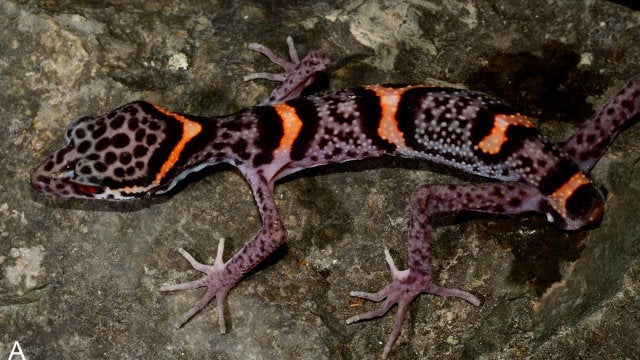Poachers are going after newly discovered species so fast that journals have stopped publishing location details
The discovery of a new species is always of great interest to the scientific community. But it’s also, unfortunately, of interest to poachers—who have no interest in preserving the creatures, but instead are driving many to “near extinction.”


The discovery of a new species is always of great interest to the scientific community. But it’s also, unfortunately, of interest to poachers—who have no interest in preserving the creatures, but instead are driving many to “near extinction.”
To protect against this, some journals are now omitting the location details of newly found species, as reported in The Guardian. When the discovery of two new species of large gecko in southern China was announced in Zootaxa journal in July, the researchers did just that. They wrote:
“Due to the popularity of this genus as novelty pets, and recurring cases of scientific descriptions driving herpetofauna to near-extinction by commercial collectors, we do not disclose the collecting localities of these restricted-range species in this publication. However, such information has been presented to relevant government agencies, and is available upon request by fellow scientists.”
New species are considered highly exotic, so they’re often quick to appear on the black market. A new leaf-tailed gecko was found in Madagascar last August, and just four months later, the animal was on sale in Europe, according to The Guardian. Some illegal poachers try to use use large cash rewards and local contacts to find the newly discovered species even when precise locations are not revealed.
The problem has become so severe that there’s discussion of keeping location details of species secret, even among scientific forums. “It’s an ethical conundrum,” Ariadne Angul, of the International Union For Conservation Of Nature, told The Guardian. “Many scientists are caught in the dilemma that: Here we are with a species no one knows—it’s not even considered a species—they describe it, provide locality information, it makes it into the primary data and a few months later that species is found on the market,” she said.